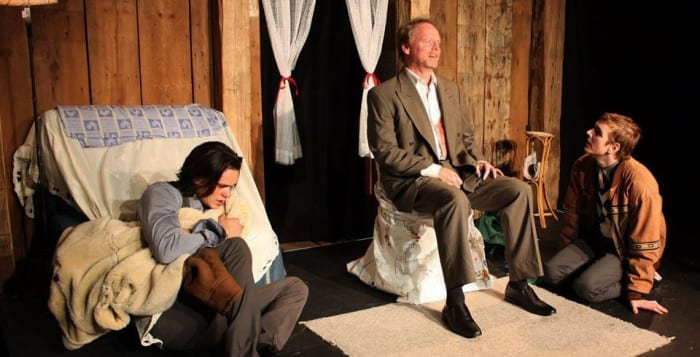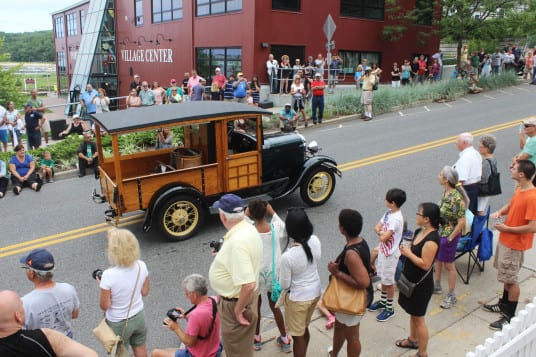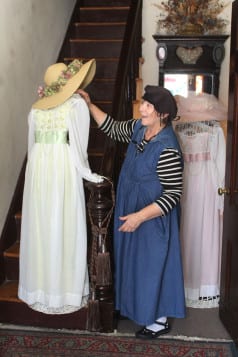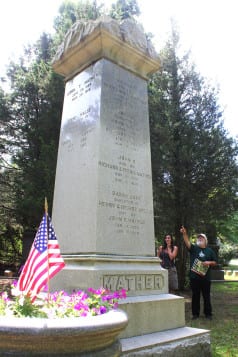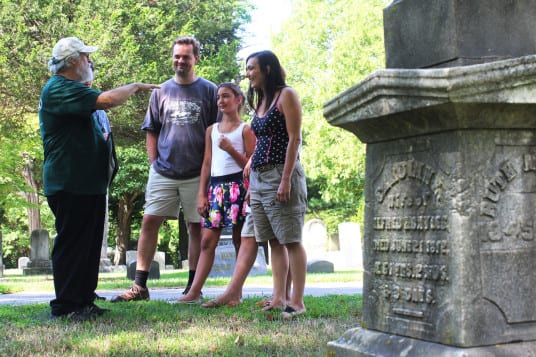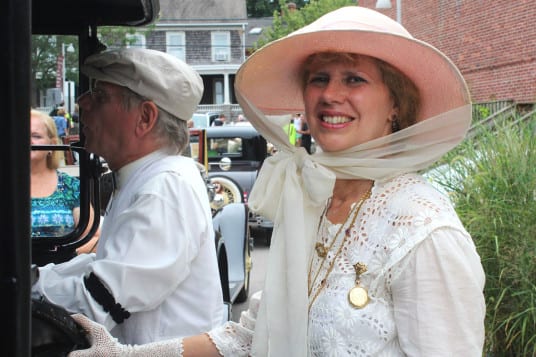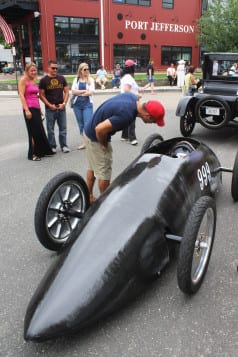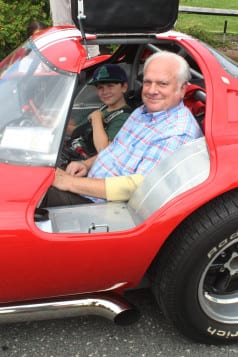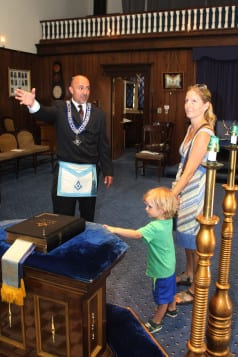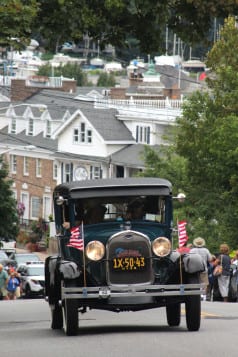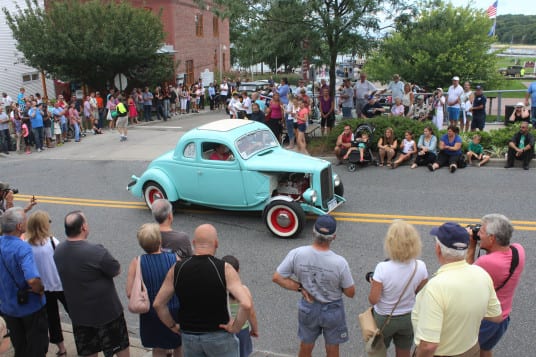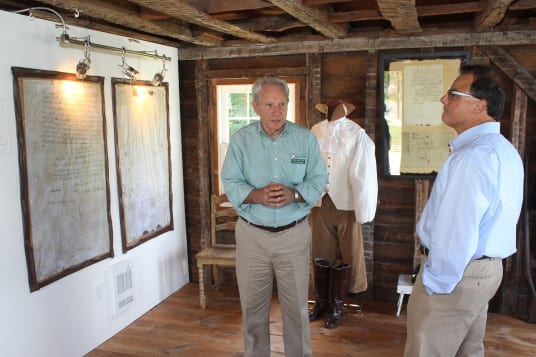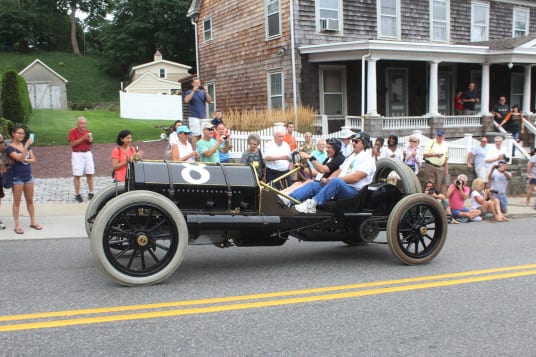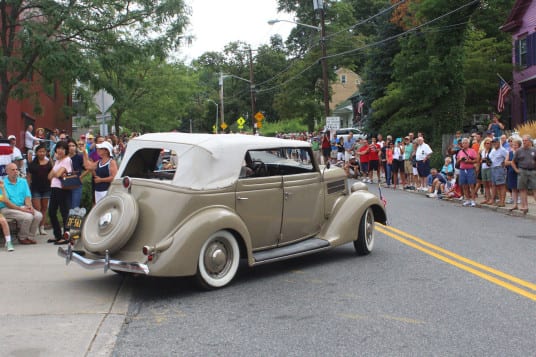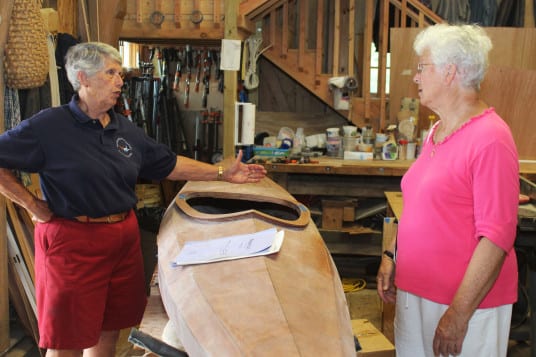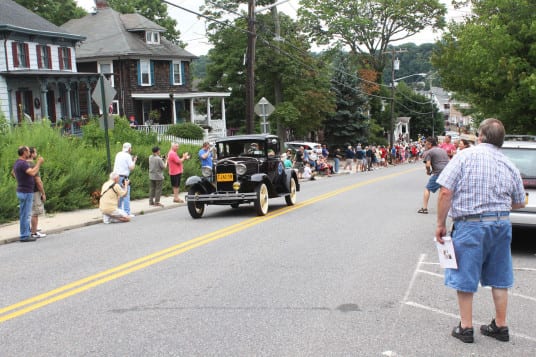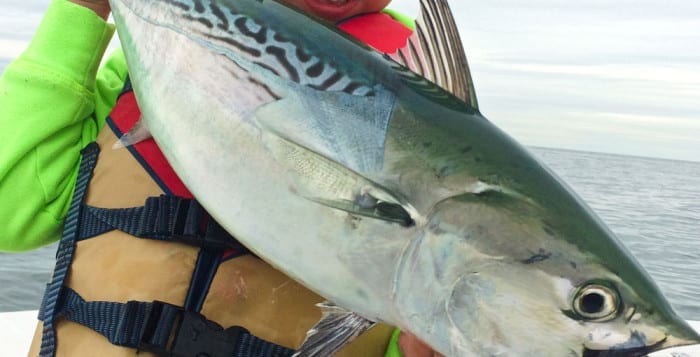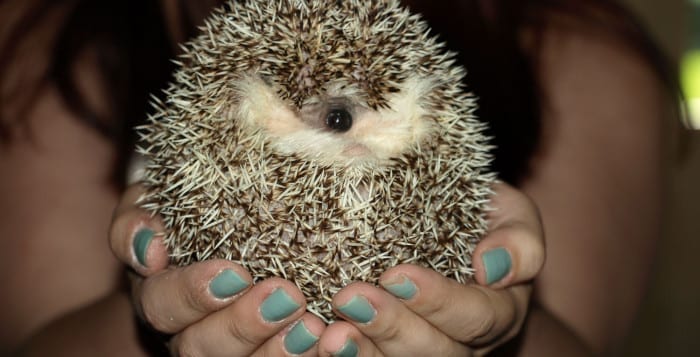By Rita J. Egan
When Beth Levine, designer of innovative footwear from the 50s to the 70s, passed away in 2006 at the age of 91, she left behind her unique footprints on the fashion world. To honor the former Patchogue resident’s accomplishments, the Long Island Museum in Stony Brook recently opened the exhibition Beth Levine: The First Lady of Shoes.
Helene Verin, an adjunct professor at the Fashion Institute of Technology in New York City and guest curator of the exhibition and author of “Beth Levine Shoes,” was a young shoe designer when she arrived in New York City in the 1970s. After meeting Levine, she quickly found a mentor and friend in her. The curator said she looked up to the innovative designer who she described as funny and unique.
“She was larger than life,” Verin said.
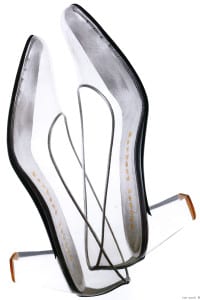
The curator said she holds one of the largest archives of Levine’s work. The shoe designer closed her factory, which she owned with her husband Henry Levine, in 1976, but kept a storage unit that contained her work as well as material. According to Verin, the two designers would often stop by the unit, and Levine would give her mentee random items such as buckles and plastic flowers. Verin said she sometimes wasn’t sure how Levine utilized the pieces in her designs, but in later years, as she researched the designer’s work, she would see pictures of shoes that once were adorned with the flower or other accessory pieces she was given.
Levine, who was born in 1914 and raised on a farm in Patchogue, arrived in New York City as a young woman with aspirations of becoming a social worker, according to Verin. However, when the Long Island native began working as a shoe model to earn money, she found a career that was a better fit for her. The future footwear designer wore a size 4 shoe, which at the time was considered the perfect sample size. Verin said Levine realized she had a knack for picking out comfortable shoes and compared her feet to a potter’s wheel.
“It’s such an amazing story. Most shoe designers are men, and they come from generations of cobblers,” Verin said.
Levine quickly realized she knew more about shoes than the men that were designing them at the time. When she went on to become a designer, she tried on every style to ensure a comfortable feel.
She quickly became a favorite among first ladies Jacqueline Kennedy, Lady Bird Johnson and Pat Nixon who needed stylish yet comfortable shoes. “Everything she did was based on comfort,” Verin said.
In addition, Levine’s clients included Marilyn Monroe, Ava Gardner, Barbra Streisand, Lauren Bacall, Liza Minelli, and Cher. Levine also collaborated with designers including Halston, Geoffrey Beene, Bill Blass and designed all the footwear for Braniff airline’s flight attendants.
When creating her Cyrano shoe, which featured a pointed toe, Levine didn’t just narrow the toe. The designer added the pointed end to extend past where the toes would fall so they weren’t jammed into the tip. “She always used to say things like, ‘There’s no such thing as breaking in a pair of shoes. They’ll break you first,’” said the curator.
Verin said Levin also enjoyed many firsts during her career. Saks Fifth Avenue opened their first stand-alone boutique, Beth’s Bootery, which carried the designer’s footwear, and Levine was the one to figure out how to create a clear Cinderella shoe similar to other brands but with no visible screws. She also was the first to draw a picture of the footwear on the outside of the box to make it easier for shoe sellers to find a particular style for their customer.
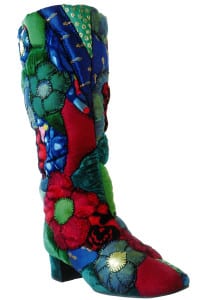
The designer has been credited with introducing boots to haute couture as opposed to them just being worn for utility use, according to Verin. One of her most famous boots were worn by Nancy Sinatra while publicizing her 1966 hit song “These Boots Are Made for Walkin’.”
Among her unique designs were a pair of shoes with AstroTurf as the insole called “Splendor in the Grass,” and a shoe with no upper that was secured to the foot with adhesive, according to Verin.
When it comes to the shoes included in the exhibition, Verin said, “When you look at them, even though they’re 60 years old, they’re so current. Today you would wear them.”
Besides pieces from her own collection, the curator has been able to borrow items from other collectors for the exhibition. One of the lenders is Levine’s nephew Ronnie Bush who inherited the family farm and has dedicated a corner of his barn to the designer and her work. Also, on display will be a photo of Levine by another one of her family members, professional photographer Bruce Weber.
In addition to Levine’s iconic footwear, visitors will find photos, paintings, illustrations, film footage and other artifacts on display. The curator said even those who aren’t footwear aficionados will appreciate Levine’s work.
“I think you can see these shoes as works of art,” Verin said. “You can really see a brilliant mind and talent at work.”
Beth Levine: The First Lady of Shoes will run at the Long Island Museum, 1200 Rte. 25A, Stony Brook, through Jan. 3, 2016. Sponsors include Astoria Bank, Bank of America, Nancy Burner & Associates and the New York State Council on the Arts with the support of Gov. Andrew Cuomo and the New York State Legislature.
Regular admission is $10 per person, $7 for seniors and $5 for students ages 6 to 17. Children under 6 and museum members are free. During the exhibition run, special events will be held including an opportunity for seniors 62 and older to visit the show for free on Sept. 8 from 10 a.m. to noon. For more information, visit www.longislandmuseum.org or call 631-751-0066.



